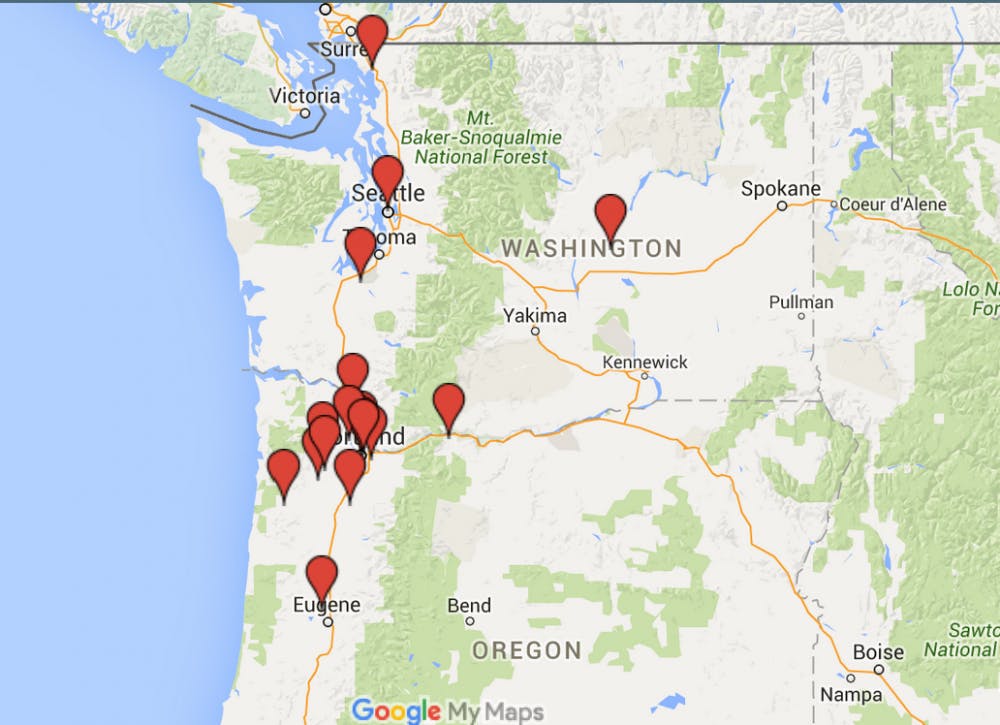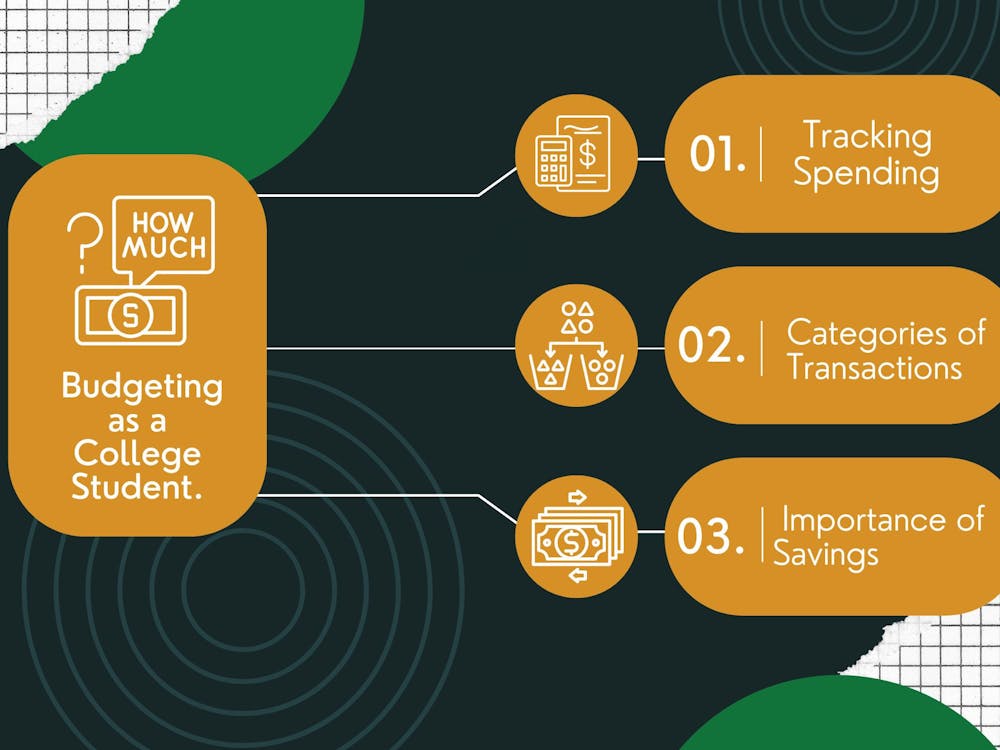by Alana Laanui |
Ever wonder where those cheesy eggs from The Commons come from? Or what about the greens from the new salads at the Pilot House? Well, it turns out that the majority of the food on campus comes from local producers within 100 miles of The Bluff.
Bon Appétit supplies the UP community with local produce that not only tastes fresh, but also supports local farmers. The Bon Appétit Management Company stresses its commitment to sustainability and food that is “produced through practices that respect farmers, workers, and animals.”
By participating in a “Farm to Fork” program, which connects local farmers to consumers like UP, Bon Appétit allows students to enjoy some of the freshest produce Oregon has to offer.
Kirk Mustain, general manager of Bon Appétit on campus, is in charge of making sure that students get access to fresh food and maintains the relationships between local farmers.
“I would say 80 to 85 percent (of the food on UP comes from within) 75-100 miles of campus,” Mustain said. “For example, every apple and pear you see in this place is from Hood River.”
Bon Appétit uses around twenty local vendors that are mostly based in Northern Oregon and Washington. One of the providers, A&J Orchards, has been located in Hood River for over 100 years and now shares its produce with UP.
UP’s menu works in tandem with the schedules of local farmers, adjusting for seasonal changes in order to consistently provide the freshest produce. Mustain notes that working with nature instead of against it facilitates a diverse menu and delicious variety.
“We work with them and they work with us,” Mustain said. “Now we get hot sheets from the growers which tell us what is coming, and we can plan our menus accordingly.”
Mustain believes that when we support local farmers, we end up having a closer relationship with the food we are eating, keeping with Bon Appétit’s holistic commitment to a sustainable community. He said that Bon Appétit first joined forces with local farmers in search of “better” food — food that left one’s taste buds and conscience feeling good.
“You know where (local food) is grown, who the producers are, and how they take care of their animals,” Mustain said.
Programs that support local producers, like Farm to Fork, also affect how local businesses are run. Through this program, farmers are paid within 15 days, whereas companies traditionally take twice as long to pay their producers. This means that farmers can then use this money to support their business and make necessary improvements.
Mustain admits that a commitment to buying local can be difficult at times, because working with multiple suppliers in order to get all the ingredients UP needs requires extra work — but it’s worth it. Positive outcomes can be felt at every level: The food not only tastes better but also leaves our bodies, the farmers, and the animals in better conditions.
So the next time you bite that burger or take a sip of that house-made soup, think of all the local farmers that contributed to your meal. Your food may taste just a little better when you know the difference buying local is making.
Alana Laanui is a reporter for The Beacon. She can be reached at laanui18@up.edu or on Twitter @AlanaLaanui.








